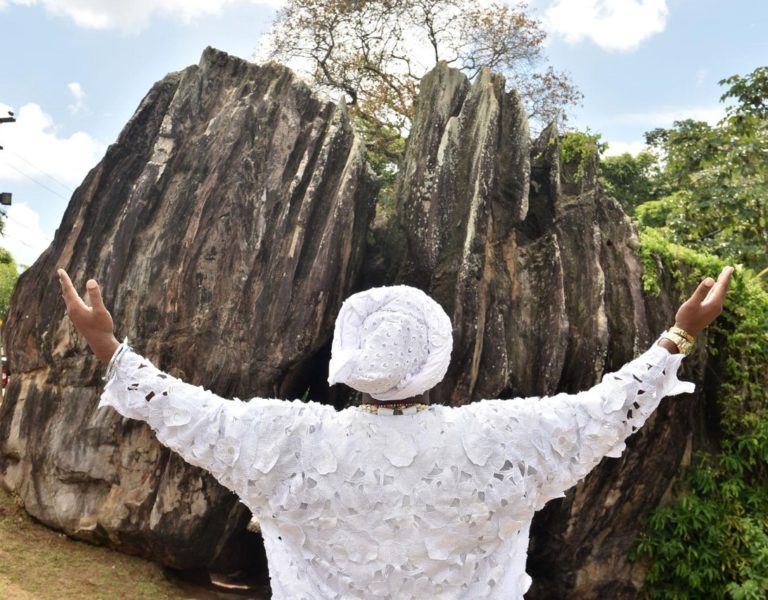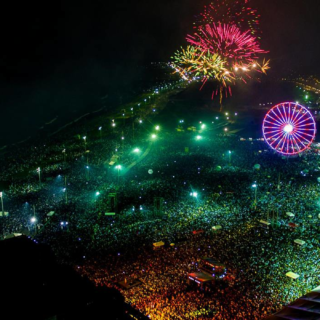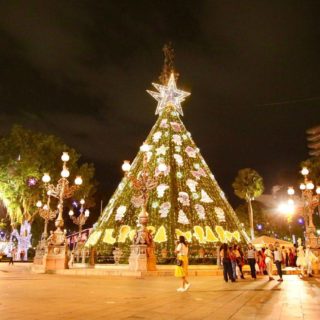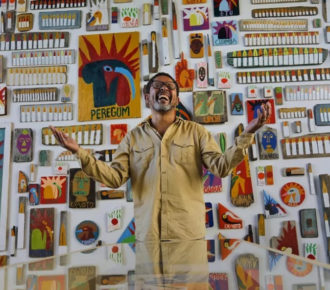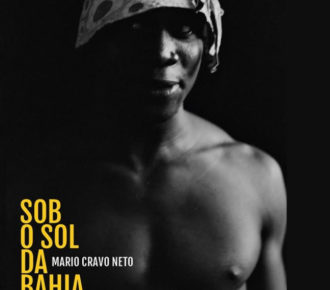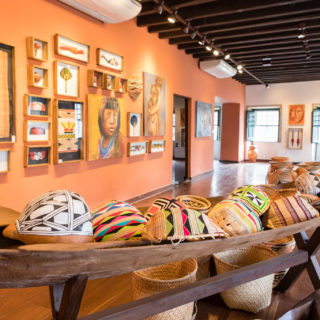
Pedra de Xangô preserves Afro-Brazilian ancestry and culture in Salvador
The site is an Afro-Brazilian sacred natural site, a remaining area of a quilombo and an indigenous village.
In May 2022, Salvador gained a new space for leisure, integration with nature and, above all, that honors two strong characteristics of the place: history and religiosity. Pedra de Xangô Park is a symbol of ancestry and is the first park in Brazil named after an orixá, the deity of Candomblé and Umbanda.
The biggest highlight is the Xangô Rock, a sacred symbol and Afro-Brazilian cultural element, listed in May 2017 as a cultural heritage of the municipality. In addition, the site has an artificial lake, a memorial with an auditorium and a canteen.
Inserted in the polygonal of the Environmental Protection Area (APA) Vale da Avenida Assis Valente, in Cajazeiras X, Pedra de Xangô Park is surrounded by vegetation reminiscent of the Atlantic Forest, thus reinforcing the sacred character of the place. The creation of the Municipal APA is a strategy that acts as a shield against an unwanted advance on the Atlantic Forest, preventing the felling of trees for the implementation of clandestine subdivisions in protected areas.
The new leisure space is an important historical, cultural and religious symbol of Salvador, in addition to being geared towards environmental conservation and participatory sustainable development.
Memorial
The construction designed in Pedra de Xangô Park has about 500 square meters of built area, with the objective of housing the records and experiments of the main functions of the park, in addition to strengthening the ties of its visitors with nature and the knowledge of religious and environmental practices.
The structure houses a multipurpose room, an area for the exhibition of works, park administration, restrooms and a space for the sale of food and handicrafts. Around the memorial, there is an open-air amphitheater, benches with pergolas, as well as access ramps, guardrails and handrails for people with mobility difficulties. Landscaping was also enhanced by planting lawns and tree seedlings.
Preservation order and history
A sacred symbol and Afro-Brazilian cultural element, the Xangô Rock was declared a cultural heritage site in May 2017. The monument is important for the religious question and also for the historical question, since the place was a quilombo and place of worship. Therefore, the construction of this park is also part of the safeguard. In addition to being the first leisure space, it is also a new identity landmark for the Cajazeiras region.
The rock formation, 8 meters high and approximately 30 meters in diameter, is considered a natural monument, a milestone in the history of resistance of those who suffered from slavery in Salvador, as, according to oral tradition, it served as a passage and hiding place for persecuted quilombolas.
In 2005, the stone was completely stripped and it was almost imploded to make way for the construction of Avenida Assis Valente. Through the movement of the people of saint, in 2016, the Master Plan for Urban Development (PDDU) contemplated the creation of Pedra de Xangô Park, the municipal APA Vale do Assis Valente and the Pedra de Xangô Park Network, with the purpose of preserving all the green areas still existing in the surroundings.
The book “Pedra de Xangô: um lugar sagrado afro-brasileiro”, the result of a master’s thesis by Maria Alice Pereira da Silva, defended at the Graduate Program in Architecture and Urbanism at the Federal University of Bahia (UFBA), brings important cutouts about the history of the rock.
Quoting the historian Stuart B. Schwartz, Maria Alice reveals that “Quilombo Buraco do Tatu, located east-northeast of the city of Salvador, near the current beach of Itapuã – Ipitanga, began in 1743 and was destroyed almost twenty years later, on September 2, 1763. It was a well-structured mocambo and had an ingeniously defined military defense system. Numerous false trails and traps were used to confuse re-enslaving expeditions and facilitate escape during attacks”, says one of the excerpts from the work.
“This equipment represents an act of historic repair. We are facing an Afro-Brazilian sacred natural site, an area remaining from a quilombo and an indigenous village, which meets the desire of a community to maintain its ancestral legacy, guaranteeing the free exercise of worship and Afro-Brazilian and indigenous manifestations, connecting these people with the sacred and their spirituality”, explained Maria Alice Silva.
About the project
Pedra de Xangô Park was inaugurated by the City of Salvador. The ceremony was attended by Mayor Bruno Reis, municipal managers and representatives of African-based entities.
The Gregório de Mattos Foundation (FGM) was responsible for the initiative. The urban project for Pedra de Xangô Park was coordinated by the Mário Leal Ferreira Foundation (FMLF) and had the effective participation of the local community, especially representatives of African-based religions. There was also collaboration of academics, researchers and environmentalists.

